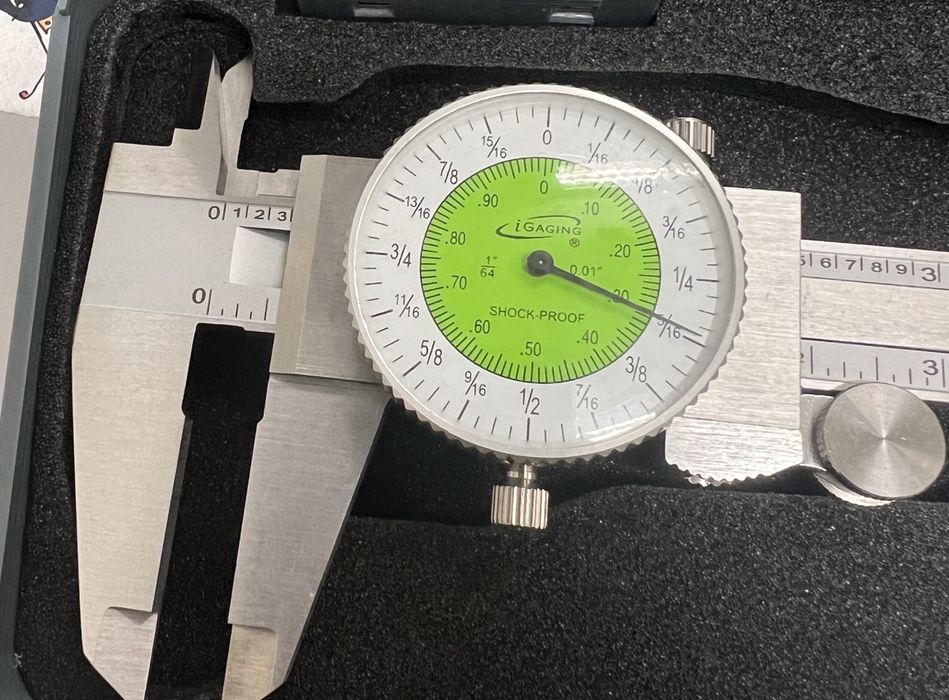
Is the measurement standard in the 3D printing industry metric or imperial?
I read an amusing but oh-so-real Mastodon post by myrmepropagandist (@[email protected]) who wrote:
“The calipers I bought for prototyping and 3D printing came today — I should have paid more attention! It’s imperial!? WTF. What kind of creep takes measurements in ‘hundredths of inches’ ?
The depravity continues with fractional measurements all around the dial allowing monstrous numbers like “13.5 16ths of an inch.
No.
I just need to find someone to pawn this cursed item off on and i’ll buy another.”
This gave me a chuckle, as I’ve had the same problem, but it also got me thinking about measurement and 3D printing.
For as long as I can remember, all of the 3D printers and software I’ve used have been dialed into metric. Build volumes, part dimensions, import scales, all metric.
There have been rare occasions where I’ve encountered Imperial measurements. Two come to mind.
- In the spec sheets of a few American-made 3D printers where Imperial measurements appear beside metric equivalents
- In discussions with old-time part designers where the word “thousandths” occasionally pops up
It seems that the de facto standard measurement system for 3D printing is indeed metric, but there are still Imperial pockets in existence.
I strongly suspect there are multiple companies with part design libraries where the parts were designed using Imperial measurements. These are highly unlikely to change, and some of these companies could even have ongoing standards requiring use of Imperial measurements.
Anyone entering the 3D print world these days without historical baggage more than likely drifts towards metric. 3D printing has, more or less, become one of the “metric” domains. Dimensions and temperatures are almost universally stated in metric terms. I don’t think I’ve ever heard someone describe a 3D print temperature in Fahrenheit.
Occasionally I’ll be reminded that Imperial exists when I’m importing an STL file into a 3D modeling tool. STL is a dimensionless format, so that a length could be “6”, but you don’t know what units are used. Thus, when you import a file, a decision must be made. Most tools assume the number is metric, and give a warning when the object is excessively small — a clue that the measurements might be in Imperial units.
I’m not in the Imperial world, so I cannot say how challenging it could be to work in a world that’s mostly metric. All I can say is that my experience using metric has been easy, clear and consistent.
Almost all of the world uses metric. One may hope for a clear movement to metric, but I don’t think that will happen in the US anytime soon. Metric is apparently taught in schools, and is increasingly used by industry — particularly after NASA’s measurement conversion error caused the loss of a Martian spacecraft. However, even though there is increased use, there will always be some pockets of parts designed using Imperial measurements, and I have no idea when they may fade away.
3D printing is basically metric, and if you happen to be on the Imperial side, I hope you consider changing, if possible. You’re not a creep, as myrmepropagandist suggests.
Via Mastodon

